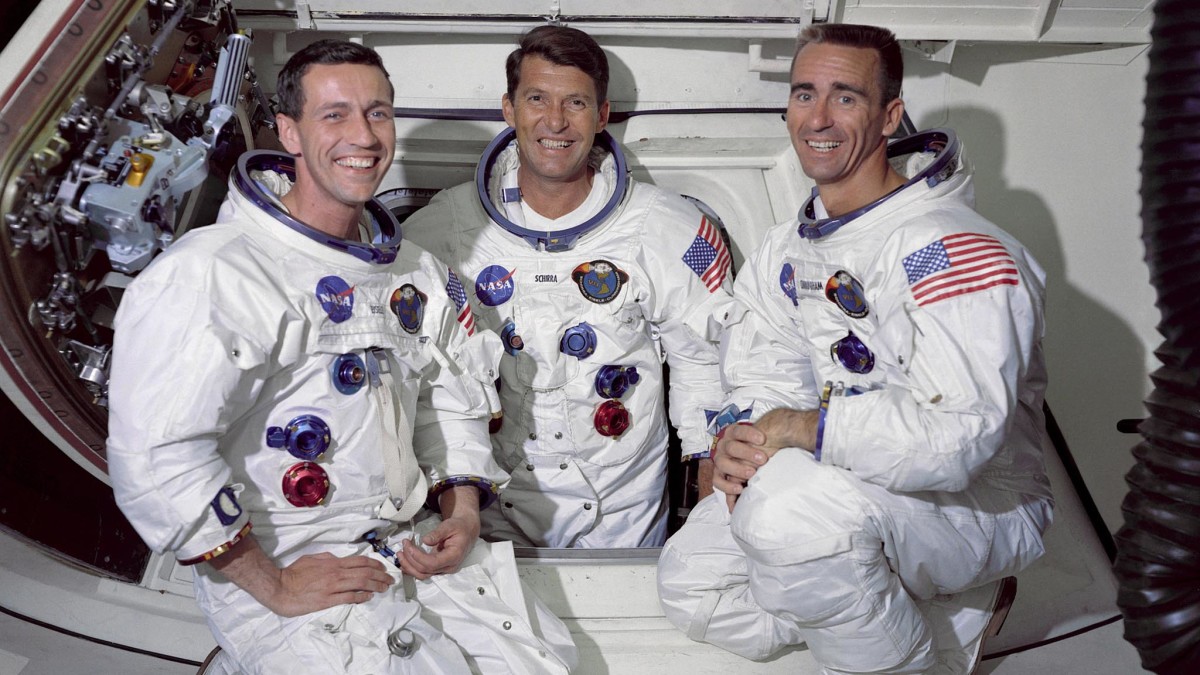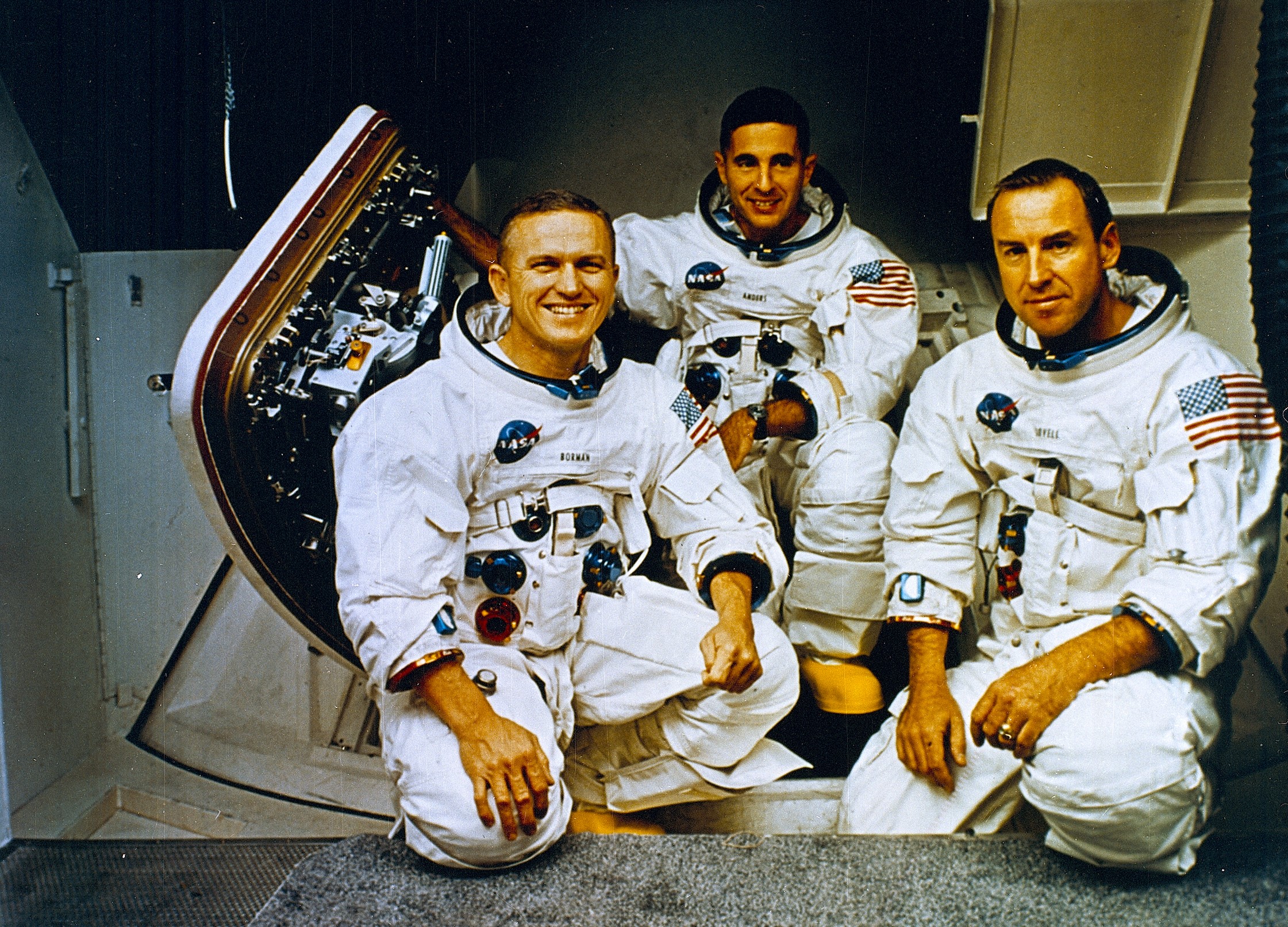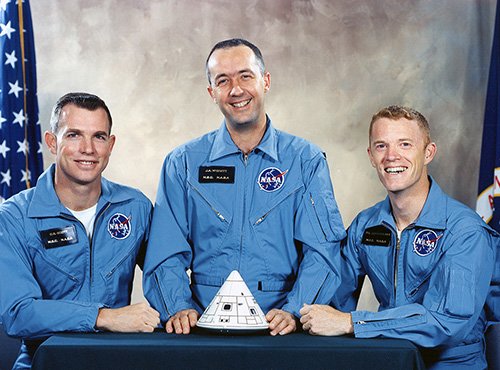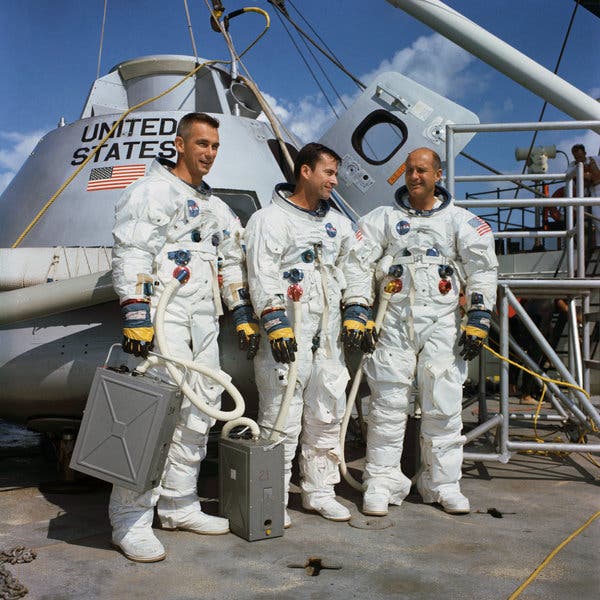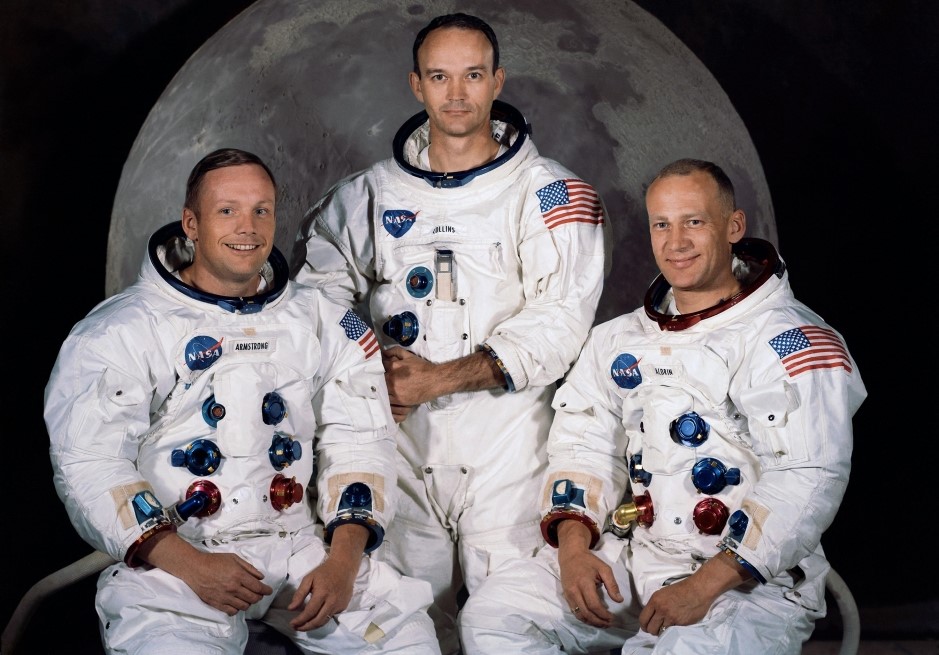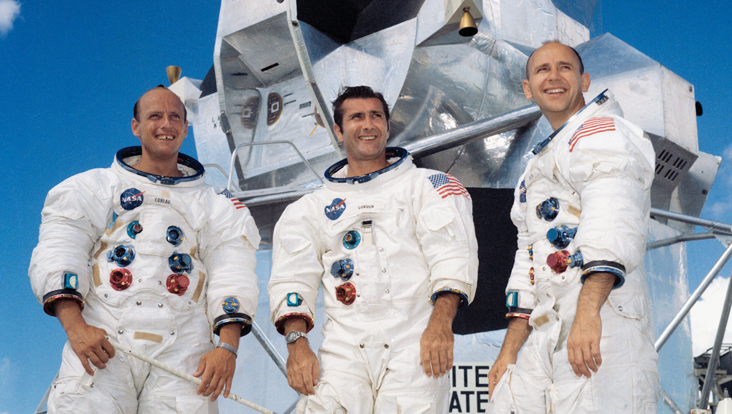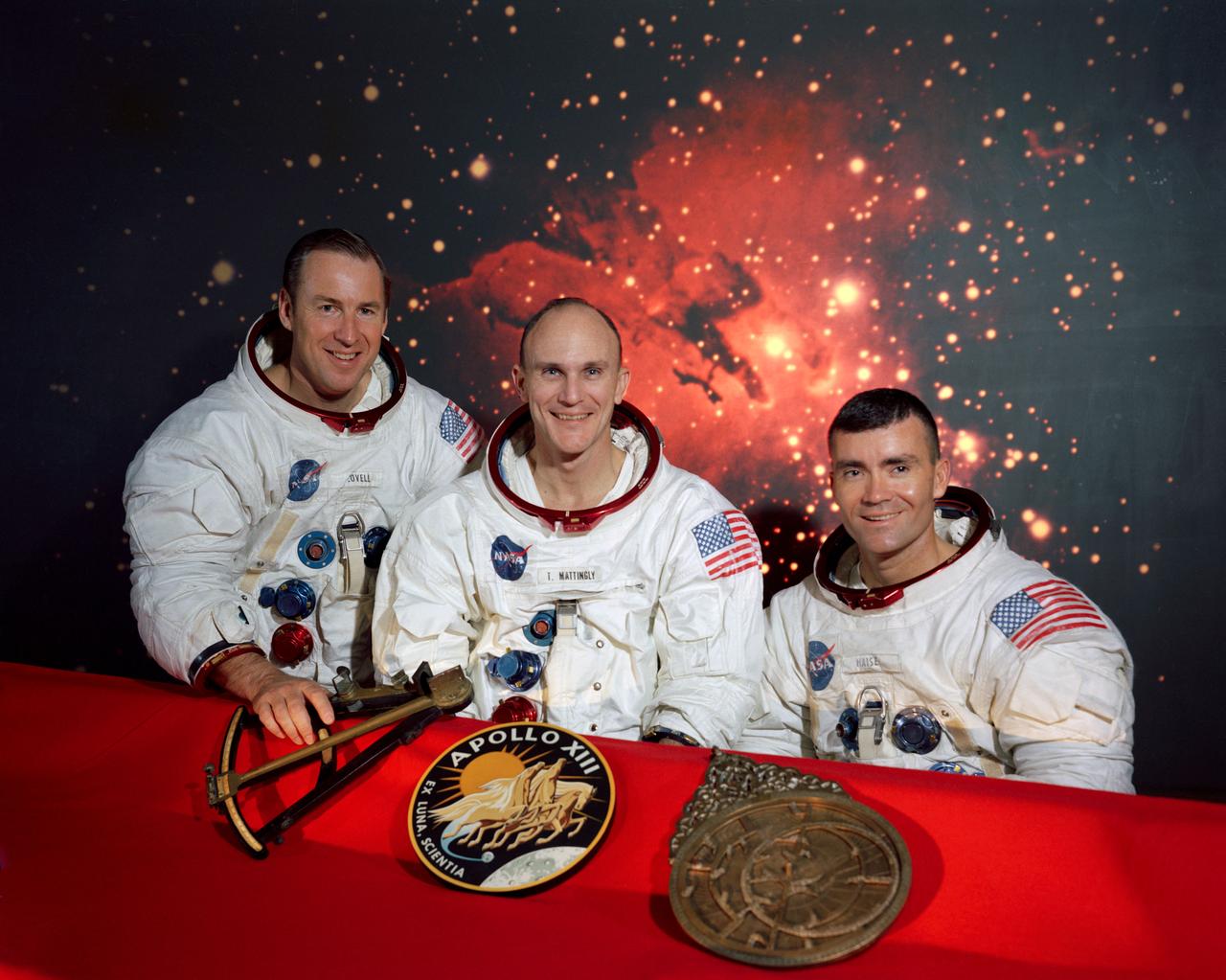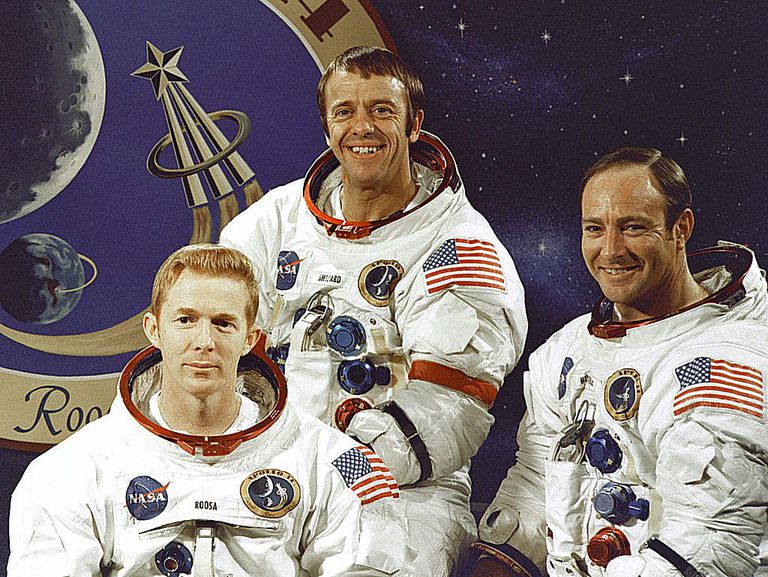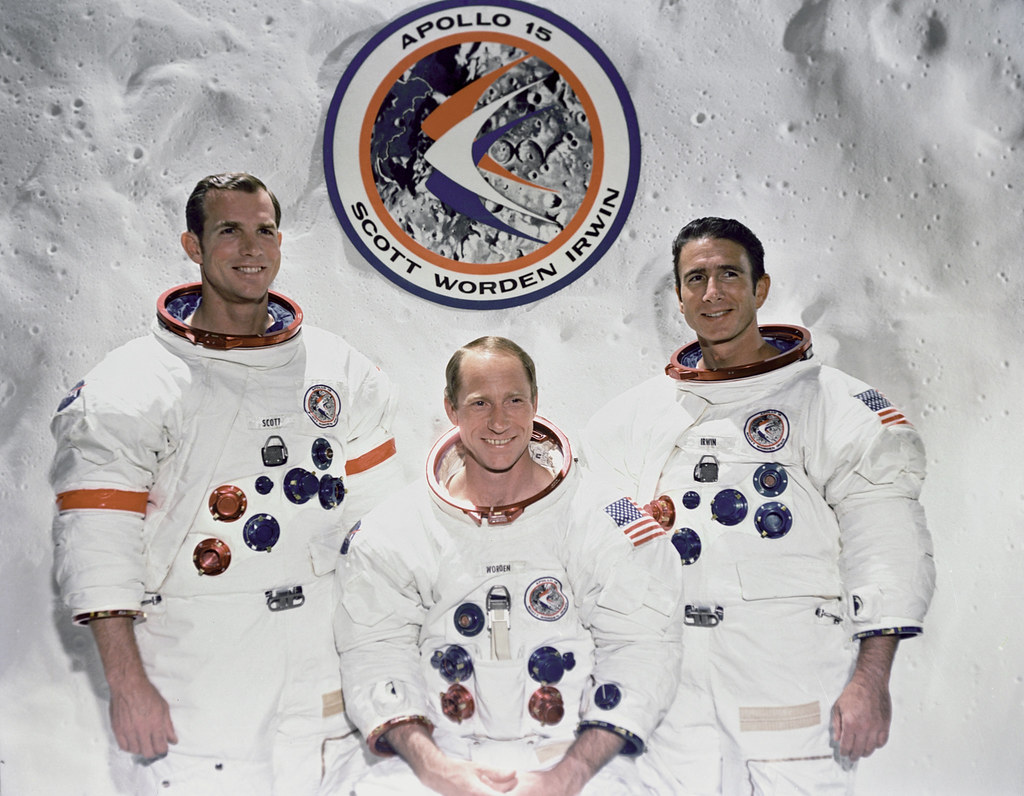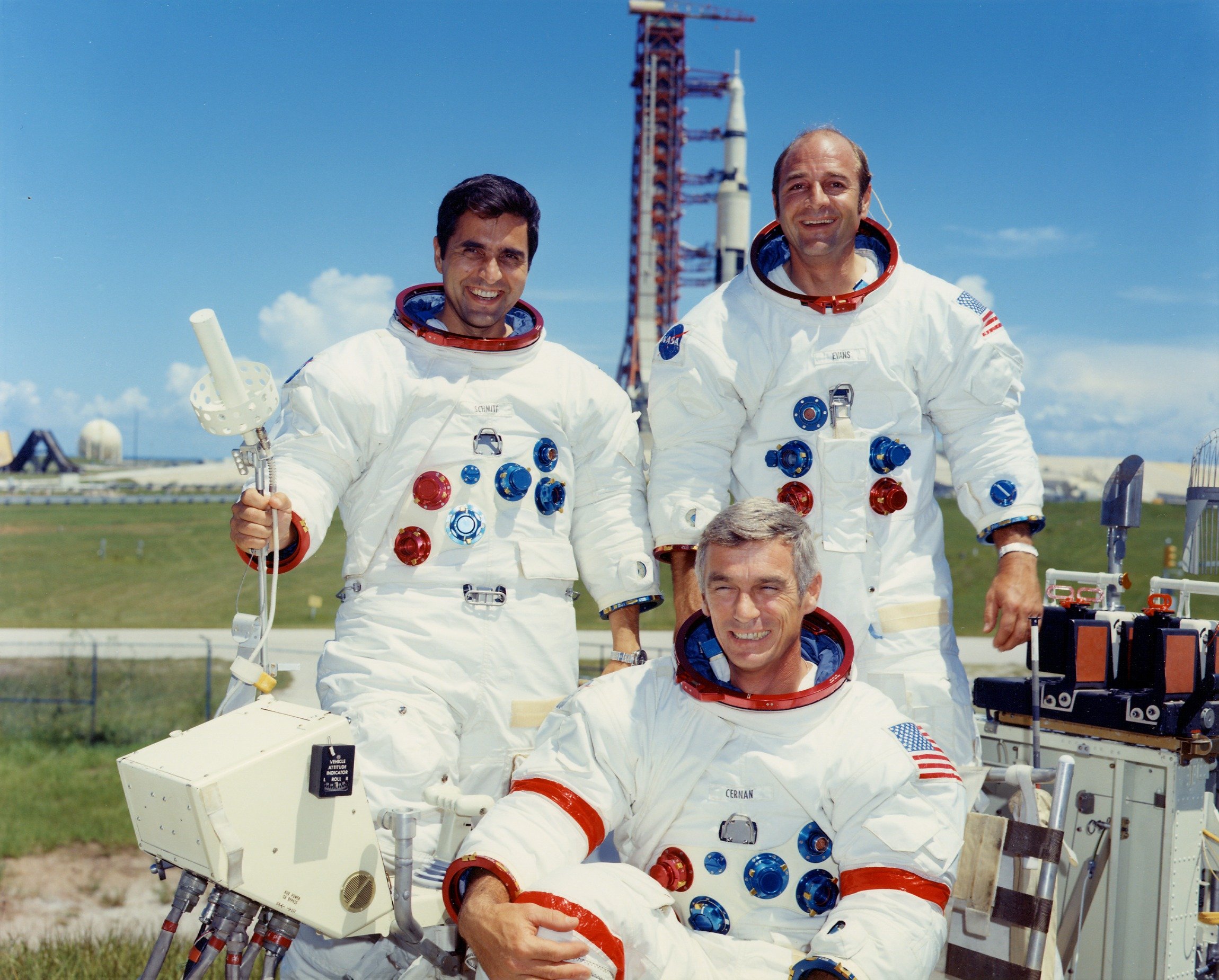"Firsts"
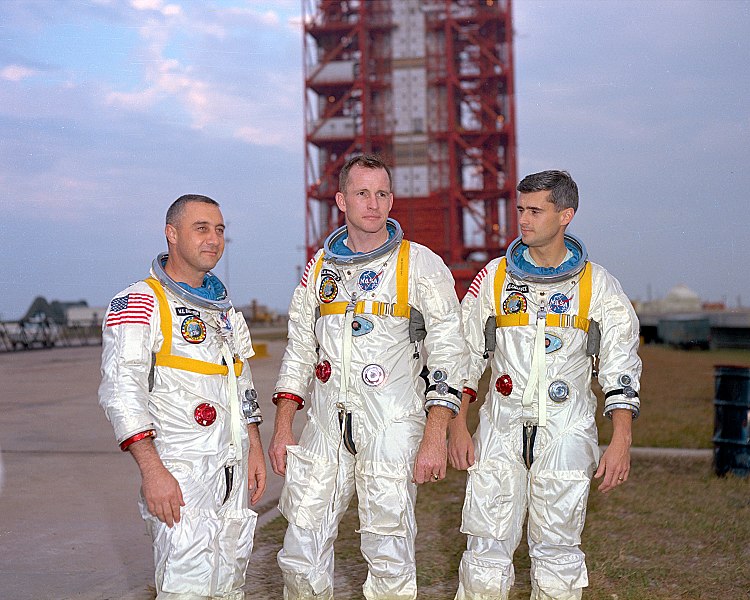
[NASA. Grissom, White, and Chaffee in front of the launch pad containing their AS-204 space vehicle. January 17th, 1967]
Apollo I
"Jan. 27, 1967, tragedy struck on the launch pad at Cape Kennedy during a preflight test for Apollo 204 (AS-204). The mission was to be the first crewed flight of Apollo, and was scheduled to launch Feb. 21, 1967. Astronauts Virgil Grissom, Edward White and Roger Chaffee lost their lives when a fire swept through the command module, or CM."
[NASA. Apollo 1. June 14, 2012]
